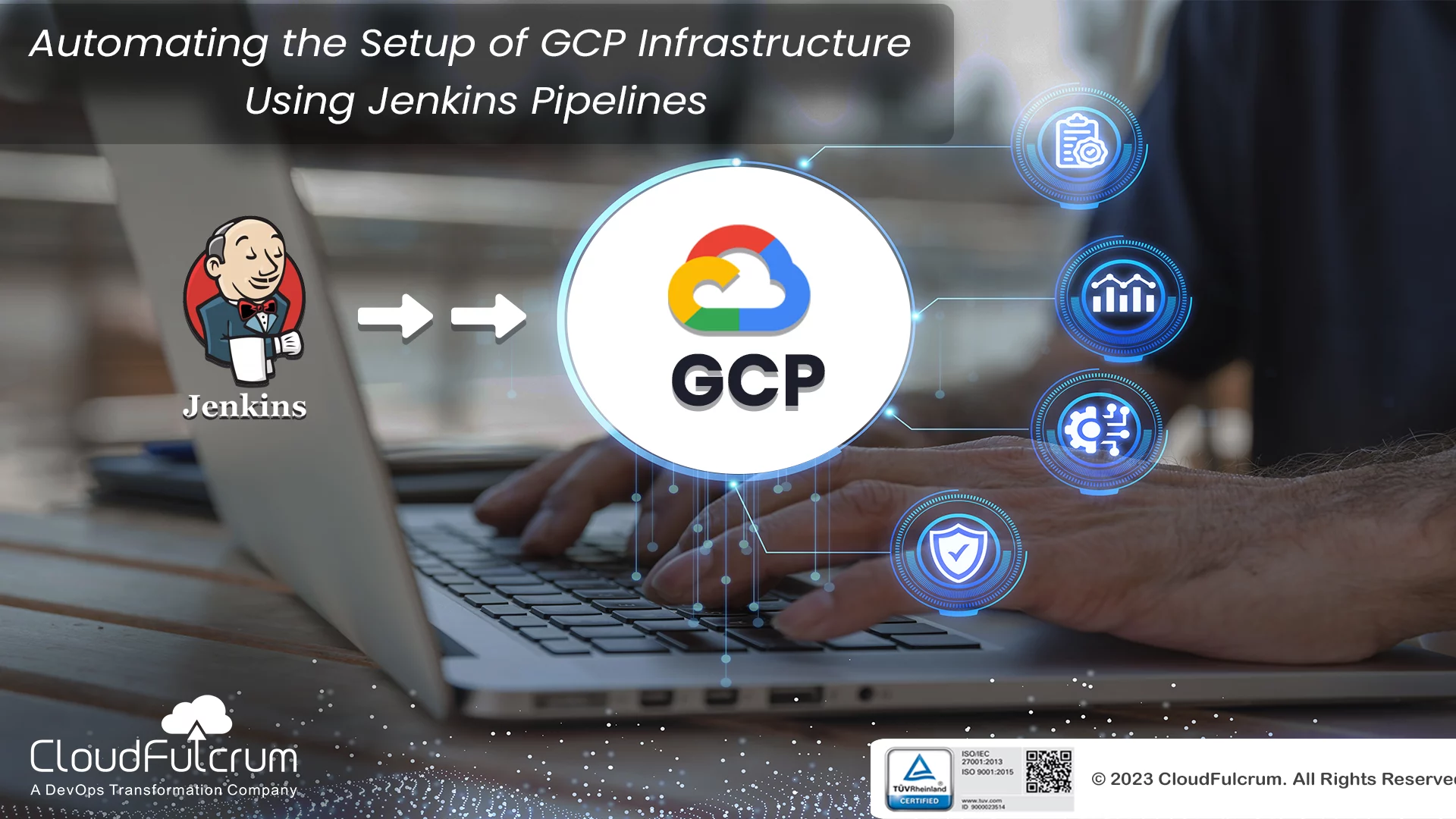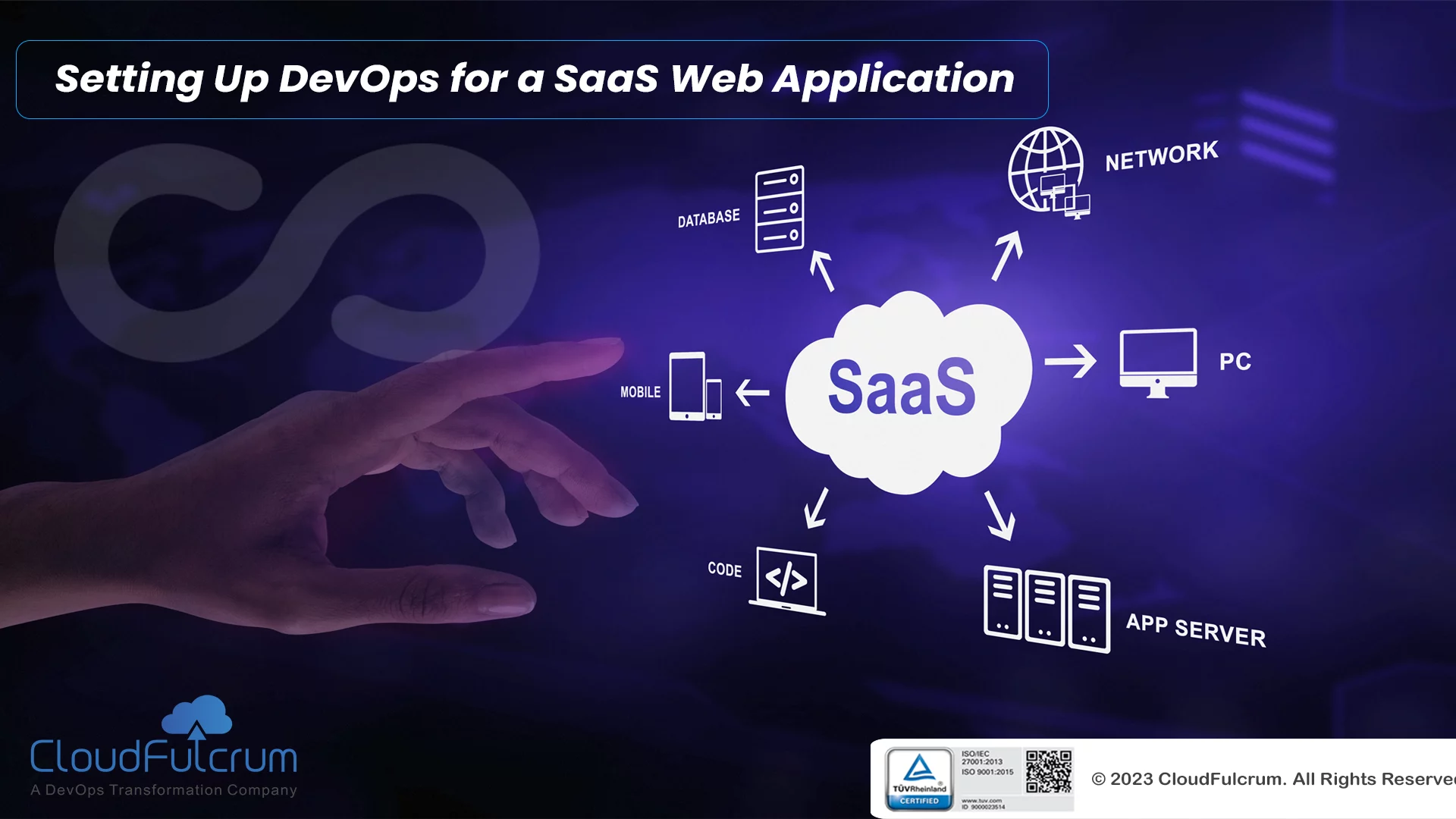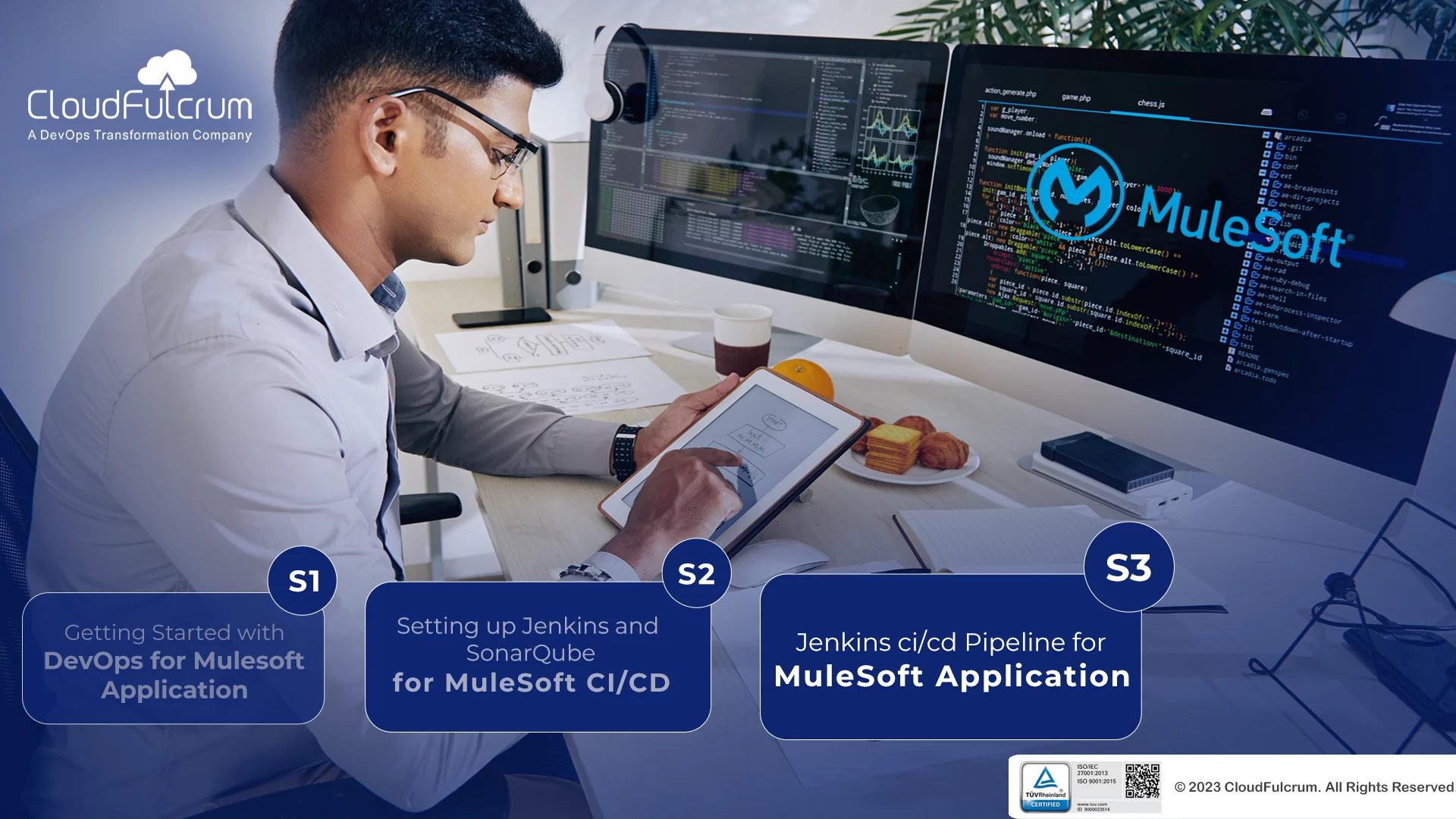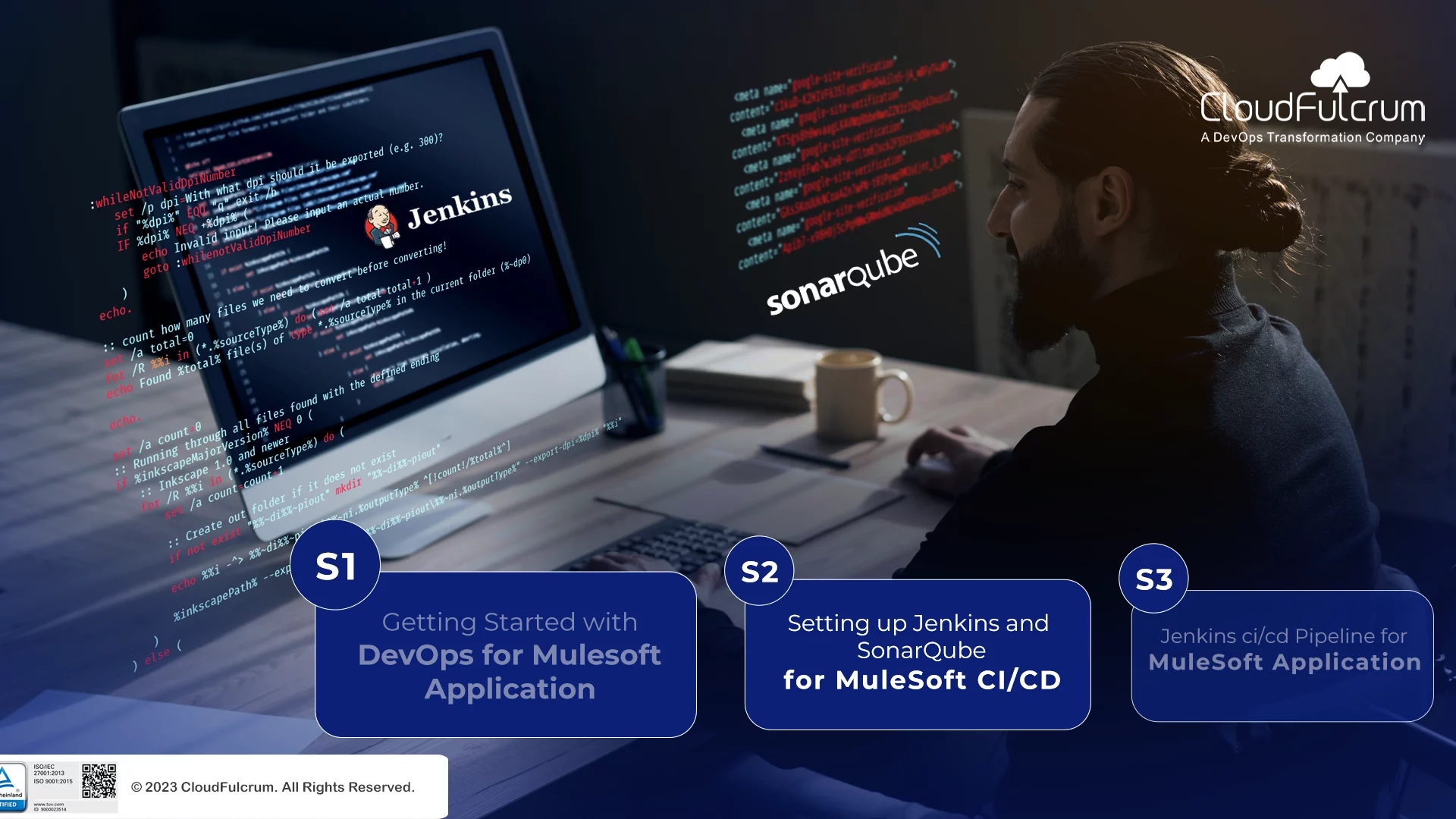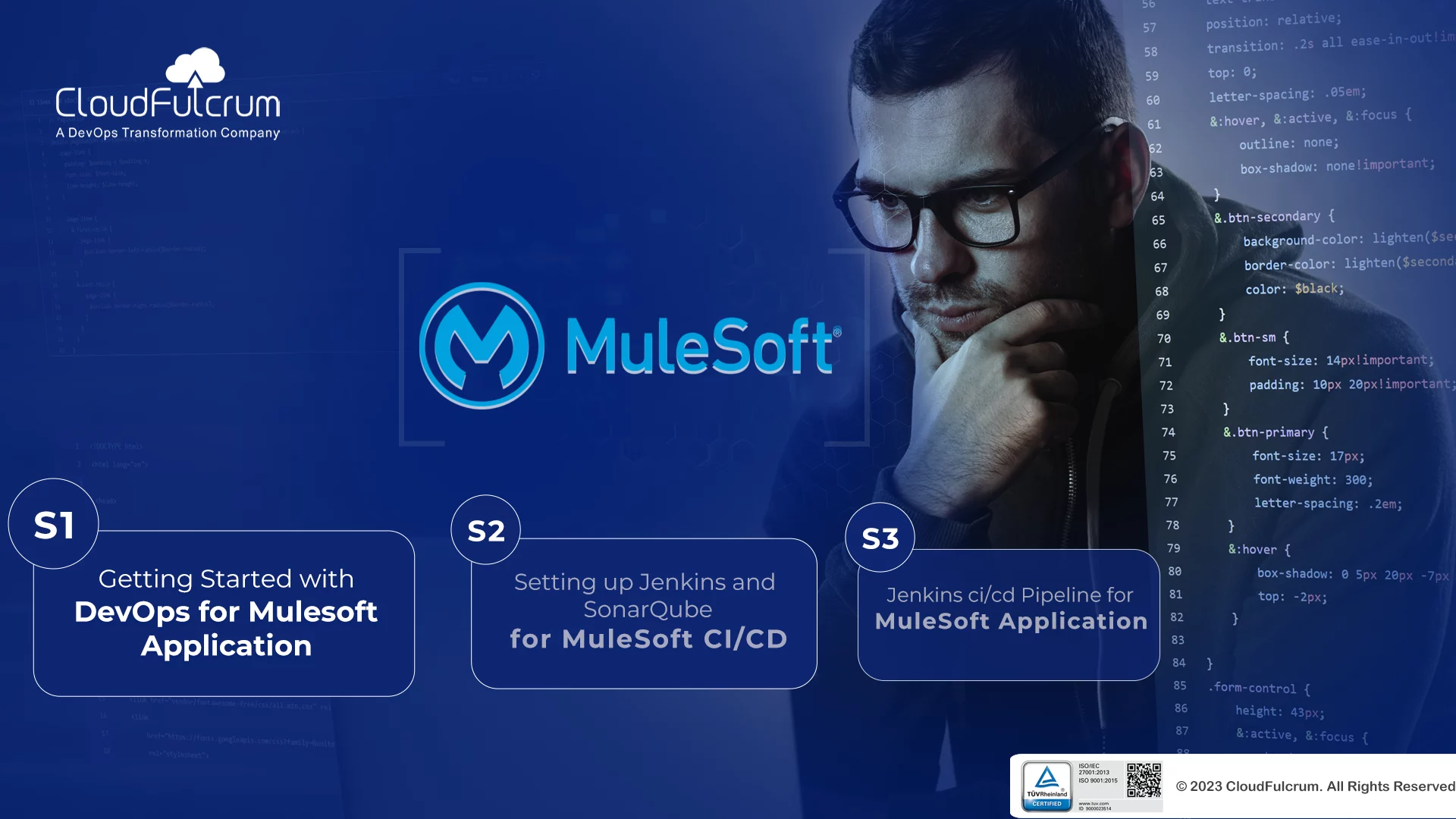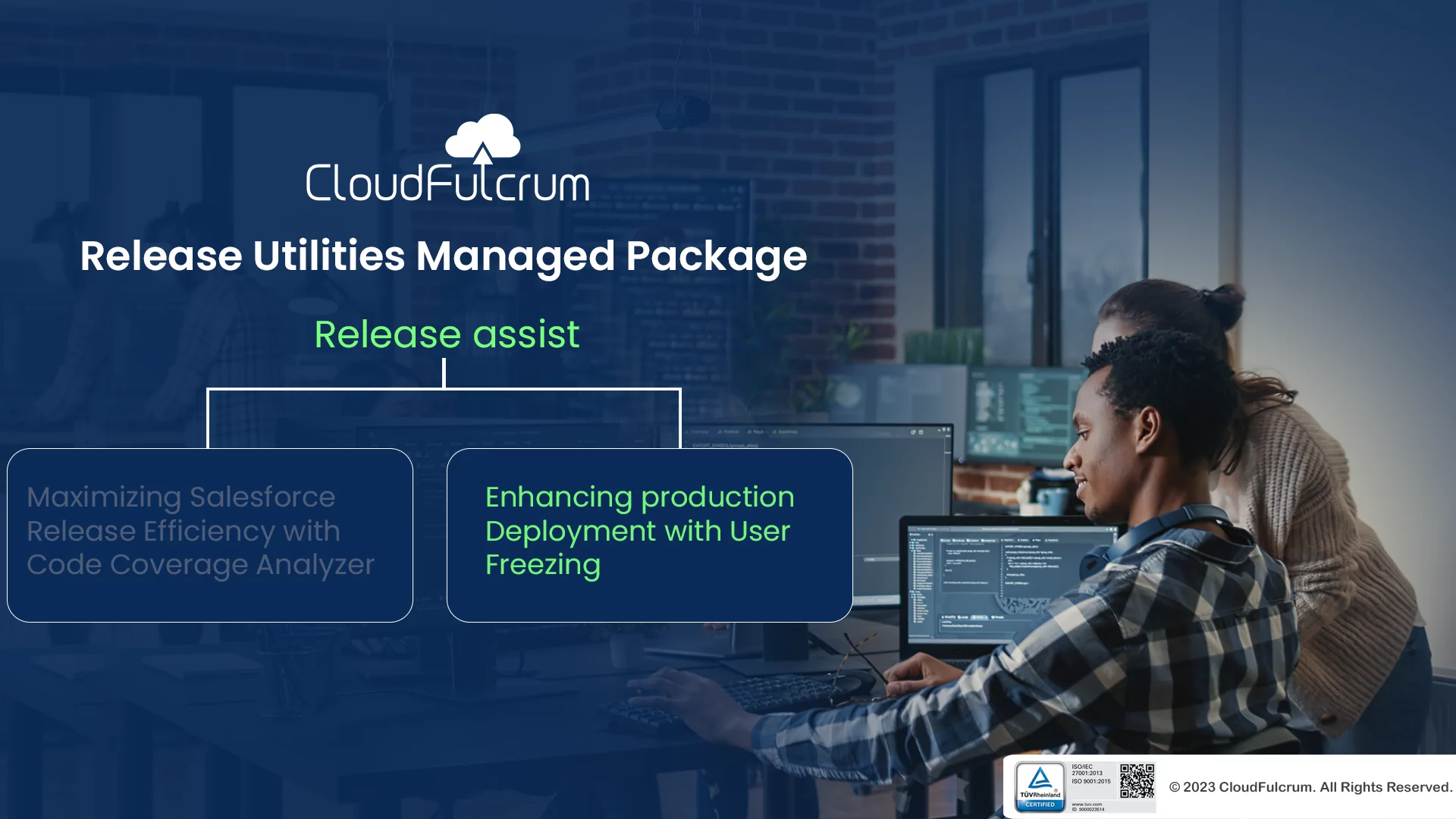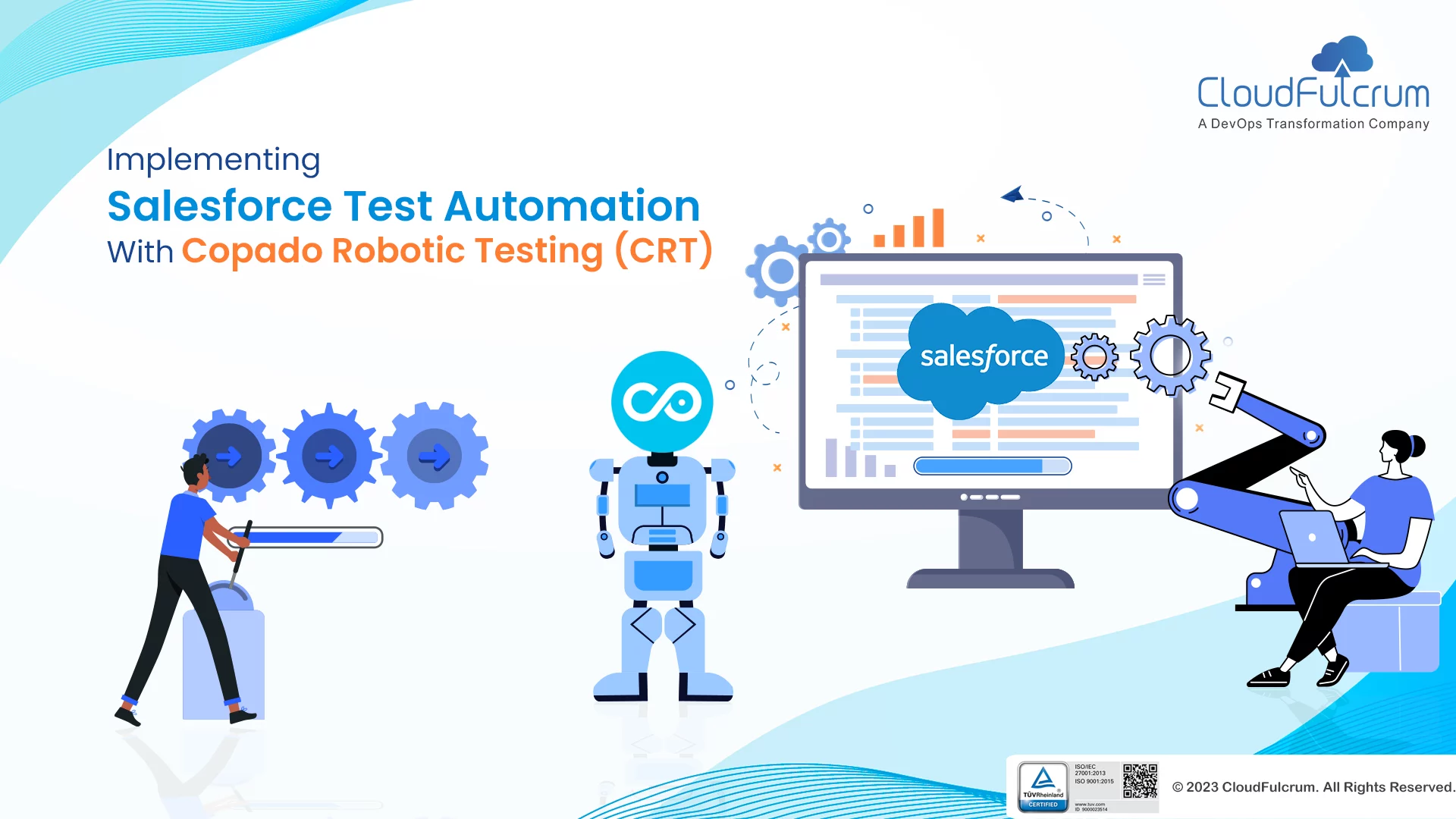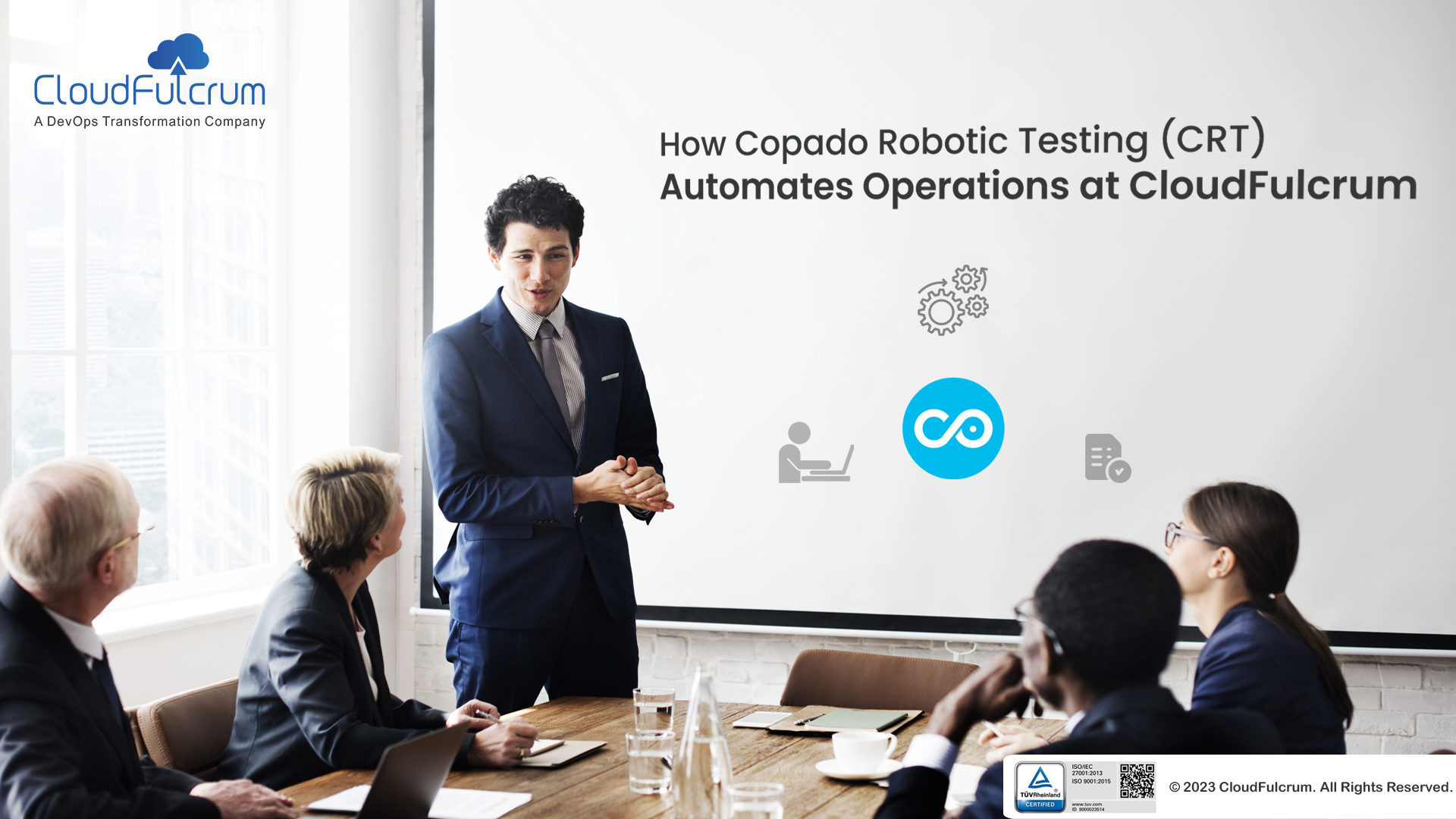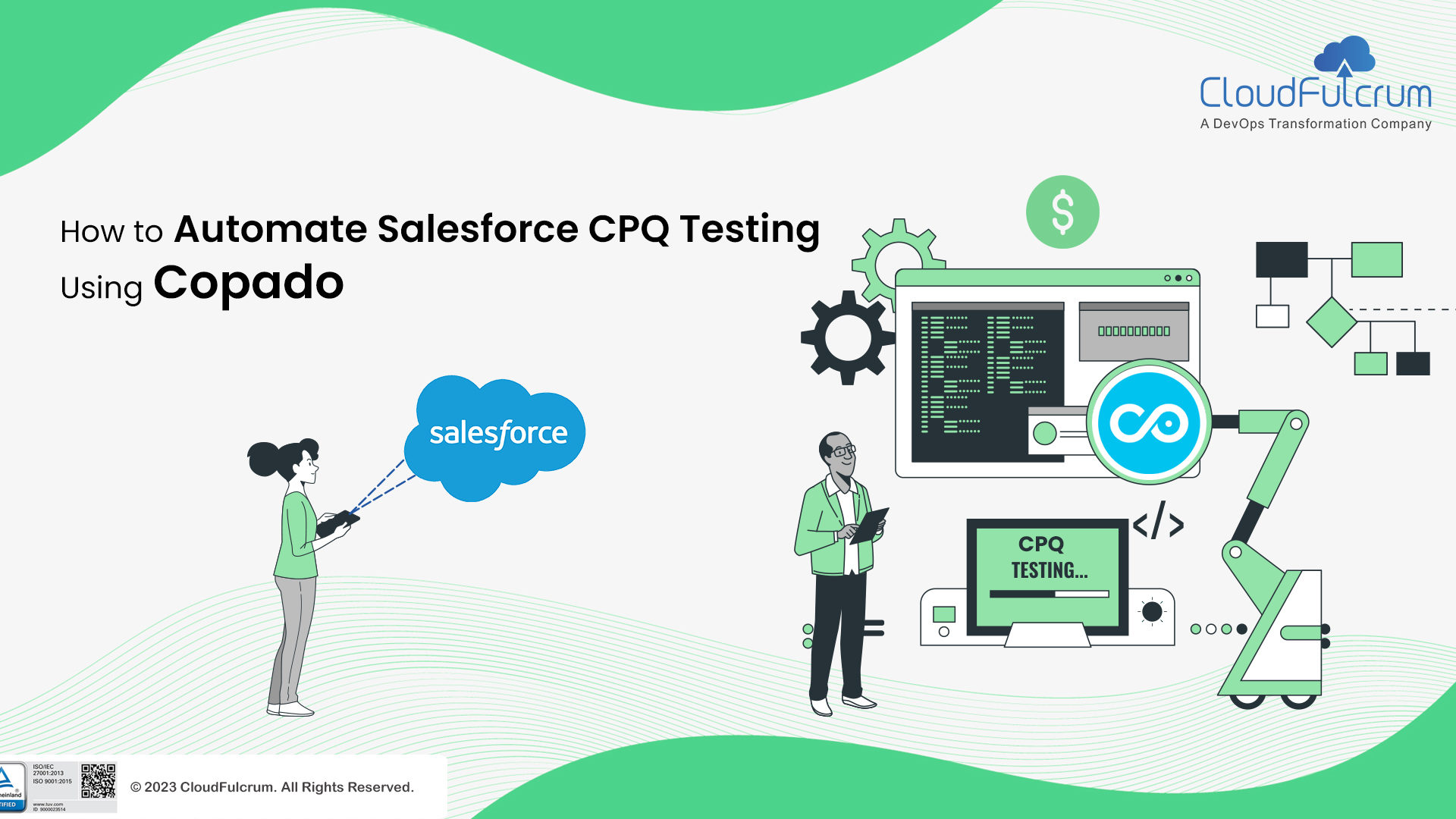Introduction: In today’s cloud-centric world, ensuring the security and scalability of your infrastructure is paramount. This comprehensive guide outlines the essential steps to set up SSL certificates for secure communication, implement autoscaling for efficient resource management, and utilize load balancing for optimal performance. Additionally, it covers the automation process through Jenkins pipelines for seamless infrastructure...
Salesforce DevOps | Salesforce Consulting | Copado Services
Introduction: In the ever-evolving landscape of software development, DevOps has emerged as a pivotal practice. It bridges the gap between development and operations, enabling teams to deliver high-quality software with agility. In this blog series, we’ll embark on a journey to set up a DevOps environment on Google Cloud Platform (GCP). For the next blog...
In the final blog of this series, we will guide you through the process of setting up Jenkins, a widely used automation server, In this installment, we will delve into the practical steps of configuring each stage of the pipeline and creating a Jenkins pipeline script that seamlessly orchestrates these stages. So, let’s get started!...
In the second part of our series (read the third part here), we delve deeper into the critical aspects of the development lifecycle that are essential for building robust MuleSoft applications. This blog will guide you through the process of effective version control using Git, setting up Jenkins for continuous integration and continuous deployment (CI/CD),...
Introduction MuleSoft is a robust integration platform that allows seamless connection between applications, data, and devices. In this first part of our blog series (read the second part here), we will guide you through the initial steps of building a MuleSoft application using Anypoint Studio and testing it locally. Let’s dive in! Step 1: Create...
Introduction In the previous blog, the concept of maximizing Salesforce release efficiency with a code coverage analyzer was explored. In this blog, the focus shifts to enhancing production deployment with User Freezing, another feature of “Release Assist”. Production deployment is a critical phase for organizations, and unintended disruptions caused by user activities can have costly...
Introduction In the fast-paced delivery of projects, meeting estimated timelines within the deadline is essential. One way to achieve this is by utilizing automated tools like Selenium. However, if the code needs to be changed repeatedly, relying on Selenium can pose challenges. However, manual testing, despite its necessity, can consume 30-50% of testing time, potentially...
Introduction CloudFulcrum is taking a significant step towards accelerating Salesforce development by implementing Copado Robotic Testing (CRT) in their CRM platform. This innovative solution promises to enhance efficiency, reliability, and overall quality during the testing phase of their Salesforce projects. In this blog, we will explore how customization is done for various teams, including Sales,...
In today’s fast-paced digital world, businesses are constantly looking for ways to streamline their operations and increase efficiency. Salesforce CPQ (Configure, Price, Quote) is a powerful tool that allows companies to automate their pricing and quoting processes, reducing errors and saving valuable time. However, as with any software implementation, testing is a crucial step to...

